Dr. Warner’s Surgical Outcomes Report: 2017
Jon J.P. Warner, MD
This data represents the surgical complications and accounting for Dr. Warner during the year of 2017.
Physician Overview for the Year 2017
- Dr. Warner performed 424 surgeries throughout the year 2017.
- Of the 424 operations, 25 were revisions of his own cases, 47* were revisions of other surgeons’ cases, and 352 were primary surgeries. (Of note, Dr. Warner’s revisions were performed in the 2017 calendar year, but the primary operation could be from prior years)
Dr. Warner’s 2017 surgeries are organized by type below:
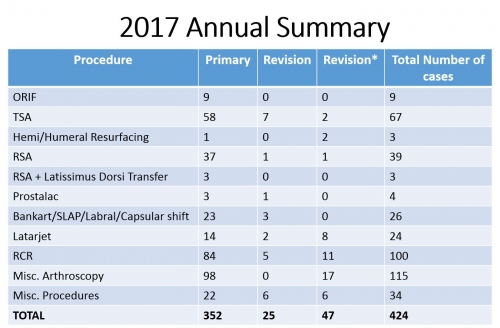
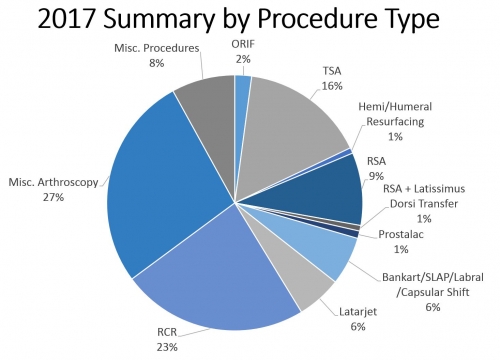
*Misc. Arthroscopy: Biceps Tenodesis/Tenotomy, SAD, DC resection, Debridement, Removal Loose Bodies, AC Joint Resection, Capsular Release, Biopsy
Misc. Procedures: Fusion, Tendon Transfer or Repairs, HHR, Hardware Removal, Scapulothoracic Fusion, SSN Release, Eden-Hybinette, Open Deltoid Reconstruction, SCR, Acromion Reconstruction
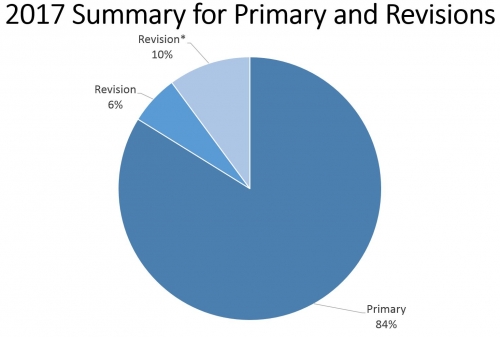
*Revision of surgery performed by outside surgeon
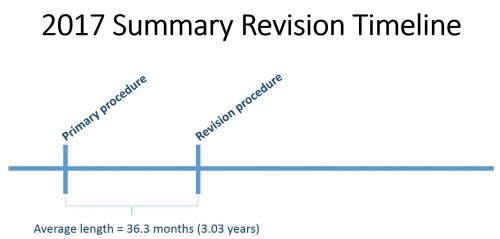
For the 6% of Dr. Warner’s cases that required a revision, the average length between the primary and revision procedure was 36.3 months (3.03 years). Ranging from 2 months to 192 months (0.17 year – 16 years).
2017 Surgical Outcomes Report: Complications
Reported below are all of Dr. Warner’s discovered complications during the 2017 calendar year. Of the 424 surgeries Dr. Warner performed, 8 patients (1.9%) were found to have experienced a complication. Of note, these complications were discovered in calendar year 2017, the primary operation could be from prior years. Please see the data depicted below.
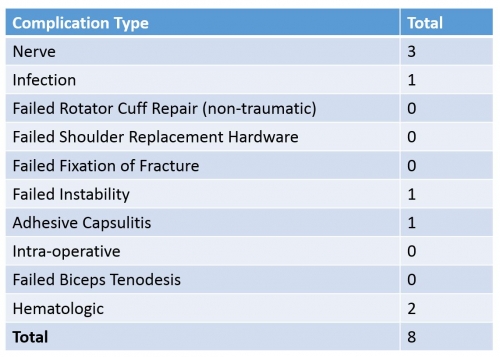
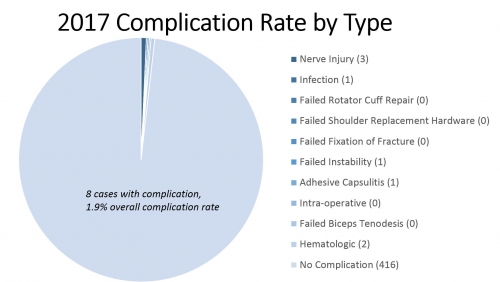
Management of Complications
How Many Surgeries Required Readmission?
Of all 424 surgeries in 2017, 2 cases (0.5%) had to be readmitted to the hospital for management. 1 was for adhesive capsulitis/stiffness after a Latarjet procedure that was resolved after a capsular release. The other patient underwent irrigation and debridement for an infection after a Latissimus Dorsi Tendon Transfer. Itemized details by case are found in the “Complications by Type” section.
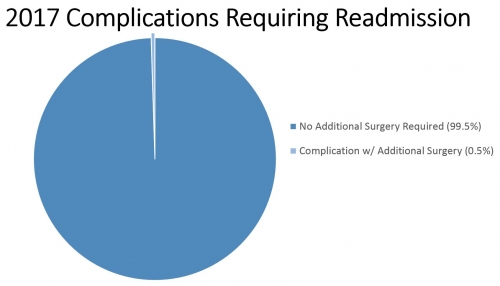
Complication Details by Type
In the spirit of transparency and accountability, BSI is moving to provide the most detail possible for each complication. This unique feature enables patients to be fully informed. Each of Dr. Warner’s 2017 complications is detailed below, along with whether it is resolved or ongoing. The complications are itemized by type.
Nerve Injury (3)
- Latarjet – Returned 5 weeks with stiffness and weakness, demonstrating deltoid atrophy/weakened contraction and reduced axillary nerve sensation. Received an EMG demonstrating axillary nerve dysfunction. RESOLVED.
- RSA – Returned 2 months with reduced sensation over the deltoid. Received an EMG demonstrating axillary nerve dysfunction. LOST TO FOLLOW-UP.
- RSA – Returned 1 week with numbness and paralysis from the elbow down to fingers, demonstrating weakness and limited range of motion. Diagnosed with brachial plexopathy. RESOLVED.
Hematologic (2)
- Latarjet – Experienced swelling at 4 days above abduction brace. RESOLVED.
- Latarjet – Experienced swelling and DVT 1 month after surgery. RESOLVED.
Adhesive Capsulitis (1)
- Latarjet – Continued to experience stiffness with lack of improvement at 5 months and subsequently underwent a capsular release. RESOLVED.
Infection (1)
- Latissimus Dorsi Tendon Transfer – Presented 2 months with erythema and drainage from incisions, cultures positive for P. acnes. Underwent irrigation and debridement of the shoulder. Patient presented 1 year following latissimus dorsi transfer, reporting a Subjective Shoulder Value of 80%, no pain, and markedly improved function. Patient has since been able to return to work. RESOLVED.
- Latarjet – Returned 3.5 weeks after feeling a popping sensation after a lifting motion. Of note, patient was non-compliant with post-operative protocol due to caring for a small child. CT scan demonstrated loose graft. Recommended for a revision surgery, specifically an arthrotomy with a screw and bone graft removal with reconstruction using an ICBG. LOST TO FOLLOW-UP.
